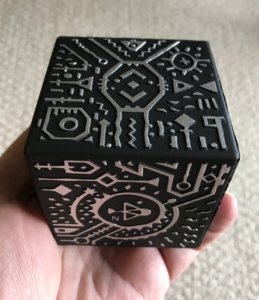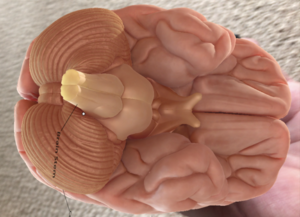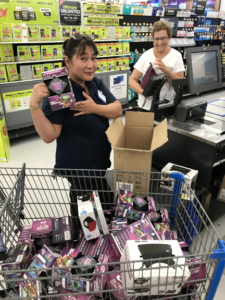Present awareness of the collection of user private data by social media giants has increased public awareness of security concerns and led some to look for alternatives. While I do make some use of Twitter and Facebook, I have been exploring alternative services for several years. I have a mixed reaction to the present concerns. On one hand, I am bothered by my data being used in ways I did not anticipate. On the other hand, I understand that the companies providing these services have expenses and are expected to be profitable. I agreed to the use of my data, but to a lesser degree than I understood.
Simply put, I use the social media giants because this is where people spend their time. This is a present reality. My concession to what I consider the limitations of these services is that I limit my use to specific purposes. I use Facebook mostly to argue my political views. I use Twitter to discover educational resources being promoted by others and I automatically post notices when I add something to one of my blogs.
One of the dark realities of social media is that it seems to encourage a winner take all process. People are attracted by people rather than be superior experiences. Taking this into account, my recommendation is that people cross-post. Encourage innovation by supporting new services while you continue posting to popular existing services. It is your content so put it as many places as you want.
My present recommendations would be Mastodon as an alternative to Twitter and Diaspora for Facebook. One innovation of these alternatives is that they use an approach called federation. Rather than relying on one source, both services combine access provided by multiple instances. You join an instance, but can also explore content added to all instances in the federation. I am a member of diasp.org and mastodon.social.
Growing alternate social media requires more than adding content. The process of making connections takes some time. I make the effort to star and share content each time I connect. Using hashtags is important with diaspora as the use of hashtags offers a way to identify other users who post on a common interest. Use hashtags and learn how to follow a hashtag (e.g., education).
So, if you are interested in innovative uses of social media I encourage your exploration of alternative social media services. My motivation for my activation is part technological interests, but also the belief that fostering alternatives is a way to encourage companies to be more responsive to consumers.
![]()







You must be logged in to post a comment.